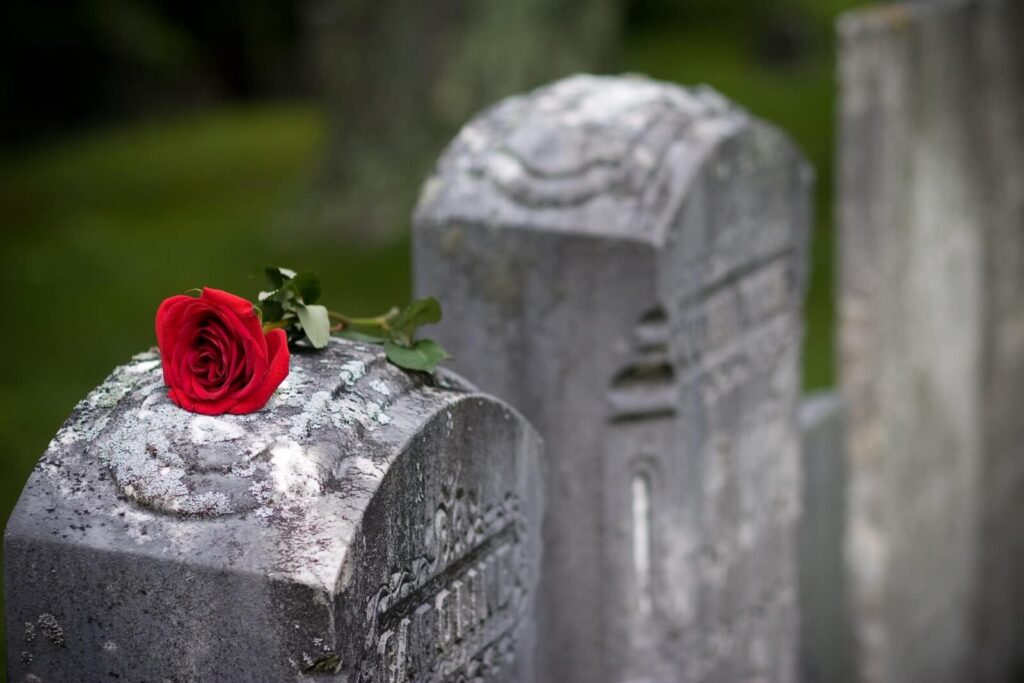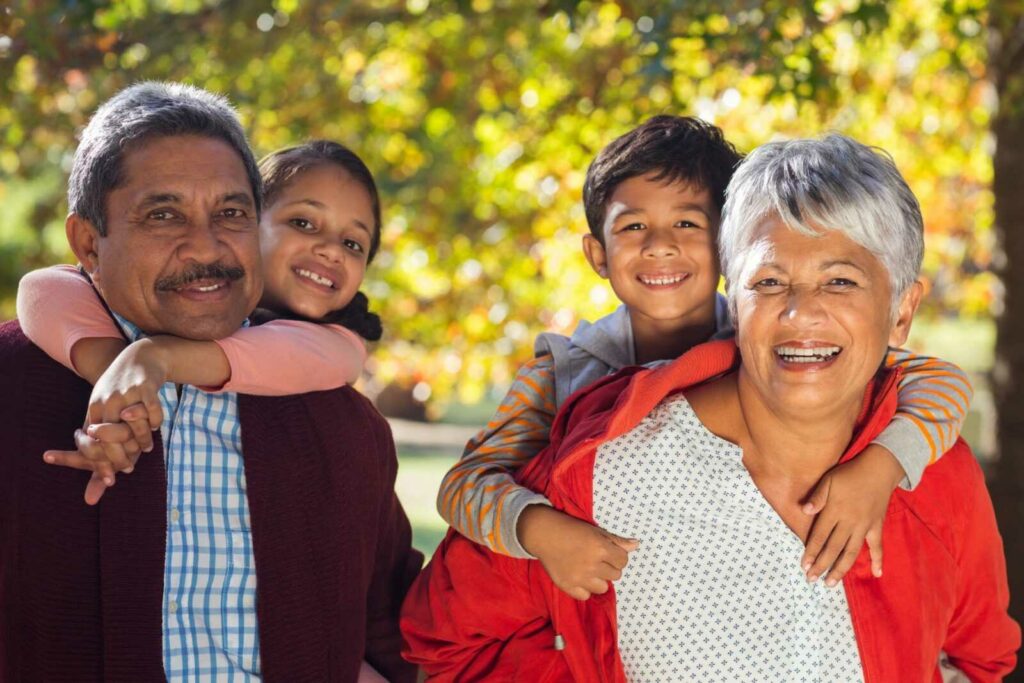
Think of Estate Planning as Gift of Love
Estate planning isn’t about focusing on your demise; it’s about taking control and making decisions that ensure that your loved ones are cared for.
Call us Anytime
Laurel, MD 20707
Downs Law Firm, P.C.
Home • Estate Planning • Page 2

Estate planning isn’t about focusing on your demise; it’s about taking control and making decisions that ensure that your loved ones are cared for.

Everyone needs an estate plan, and when you understand what a trust does, your plan should probably include one, at least conditionally.

Between 1% and 3% of wills are contested in the United States each year, research shows.

Helping grandchildren financially can be rewarding. However, avoiding common mistakes ensures that your generosity doesn’t harm your finances or family relationships.

The older I get, the older I think someone should be before they are mature enough to handle money. I used to say 25 was the right age. Now it’s 30 to 35.

Serving as an executor is a significant responsibility that requires careful attention to legal, financial and administrative details to ensure a smooth probate process.
There are some common estate planning myths that you know: Your work isn’t done just because you have a will. There are many myths floating around about wills, trusts, and estate planning. Those myths can easily confuse people who haven’t taken the time to bust them before getting on to the real work … taking care of the family, according to the Cleveland Jewish News in “Estate planning myths common, but debunkable.” One common myth is that a trust is wholly creditor-protected. While some trusts achieve this goal, many don’t. It is easier to provide that to your beneficiaries than to yourself. Another myth is that once an estate plan is completed, there’s no need to revisit or make changes. We look at the planning you put in place as an ongoing rough draft. Perhaps the biggest myth around estate plans is that they are only needed by wealthy people. Everyone needs a will. A property power of attorney can save your loved ones thousands of dollars and massive aggravation. People chat with their friends and neighbors and pick up snippets of often incorrect information. As with any story, once a piece of information has moved through a few different people, it becomes confusing, even if it started accurately. The value of such “Street lawyers” is usually what you pay for it. Unless it comes from an estate planning attorney, don’t get legal advice at a neighborhood or family gathering. The results can be disastrous. If you think having a trust alone is enough to prevent your heirs from having to pay any taxes, your kids will be in for a big and expensive mistake. The court will appoint a guardian if you don’t set up guardianship for your minor children. It may be a person you would never have wanted to raise your children. If a separate financial trustee is not named, there won’t be any checks and balances on how the money left for your children is spent. If you don’t have an estate plan, especially if your family includes minor children, make an appointment to speak with an estate planning attorney who can advise you on an estate plan that fits your unique circumstances. Reference: Cleveland Jewish News (Sep. 20, 2018) “Estate planning myths common, but debunkable”

Navigating the process of managing a parent’s estate requires understanding your legal responsibilities and the steps to settle their affairs.
Business owner estate planning: if you don’t plan, the government will gladly distribute your assets. Years ago, a friend of mine told me of his final moments with his father. He was in the hospital signing documents with the lawyer and his father. Dad was on his deathbed, dying several hours later. The family business went to him, as he had worked in it for over two decades. It was what he had been promised all along, but he did not make the final time with his Dad as he would have wanted. If that hadn’t happened, state law would have controlled, leaving promises unkept. Dying intestate will result in your state of residence deciding where your assets will go. However, it doesn’t have to be like that because creating an estate plan will leave the decision in your hands, according to KREM.com in “Head off a small-business skirmish: Draw up your will or estate plan today.” Here’s a tale from another law office that makes it all very clear. What happens to a business owner’s estate when they die? If he had never completed his divorce from his first wife after 20 years, he would have been in a relationship with another woman for 10 years, and they would have had two children together. Since he never divorced his wife, she would have inherited his business. No one likes to consider that they will die, or in this case, that it is time to deal with their marital status. He probably thought he had plenty of time to plan. However, the result was not pretty. Here’s how you can avoid your unintended consequence: Preplan. A business owner’s estate plan should be thorough, so your property, family, and business will be protected if you should become incapacitated or die. You’ll need the following: Disability insurance is a relatively affordable product that replaces up to 60% of your income if injury or illness prevents you from working. Life insurance. Consider the cost of providing food, shelter, education, and care for your family. How would that be replaced if you died tomorrow? Life insurance can also keep a business alive after the owner dies. Proceeds can be earmarked in your estate plan to meet business costs and spare your loved ones from selling the business for a low amount because they need to raise funds fast. Create a succession plan. How will your business go forward without you? Have your documents prepared. Hire an estate planning attorney who can protect your business and your family. Here’s what you’ll need: A will and/or a trust. You need a will, especially if you have small children. This is because you’ll want to name guardians for them. A will does go through probate. A valuation of the business for itself may far exceed the cost of keeping it out of court with a trust. Your estate planning attorney will create a plan that fits your needs. Health care directives. If you are unable to make

Eventually, most older couples will face health crises and the need for caregiving. If they haven’t vowed their mutual marital commitment ‘til death us do part,’ their roles and responsibilities can be murky.